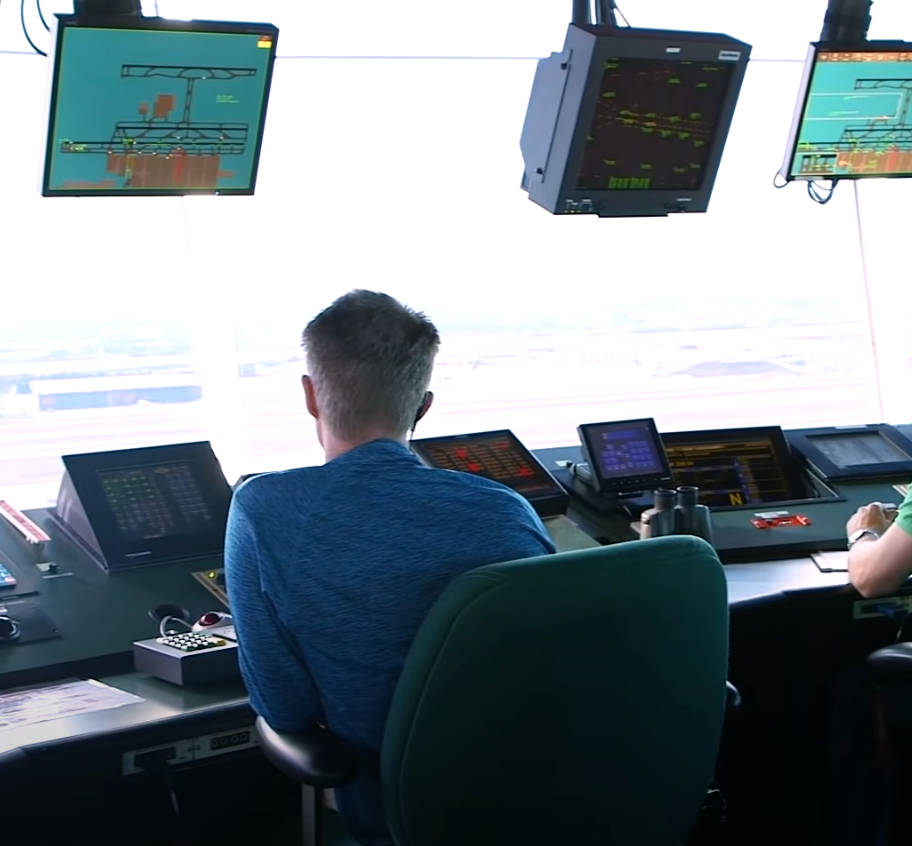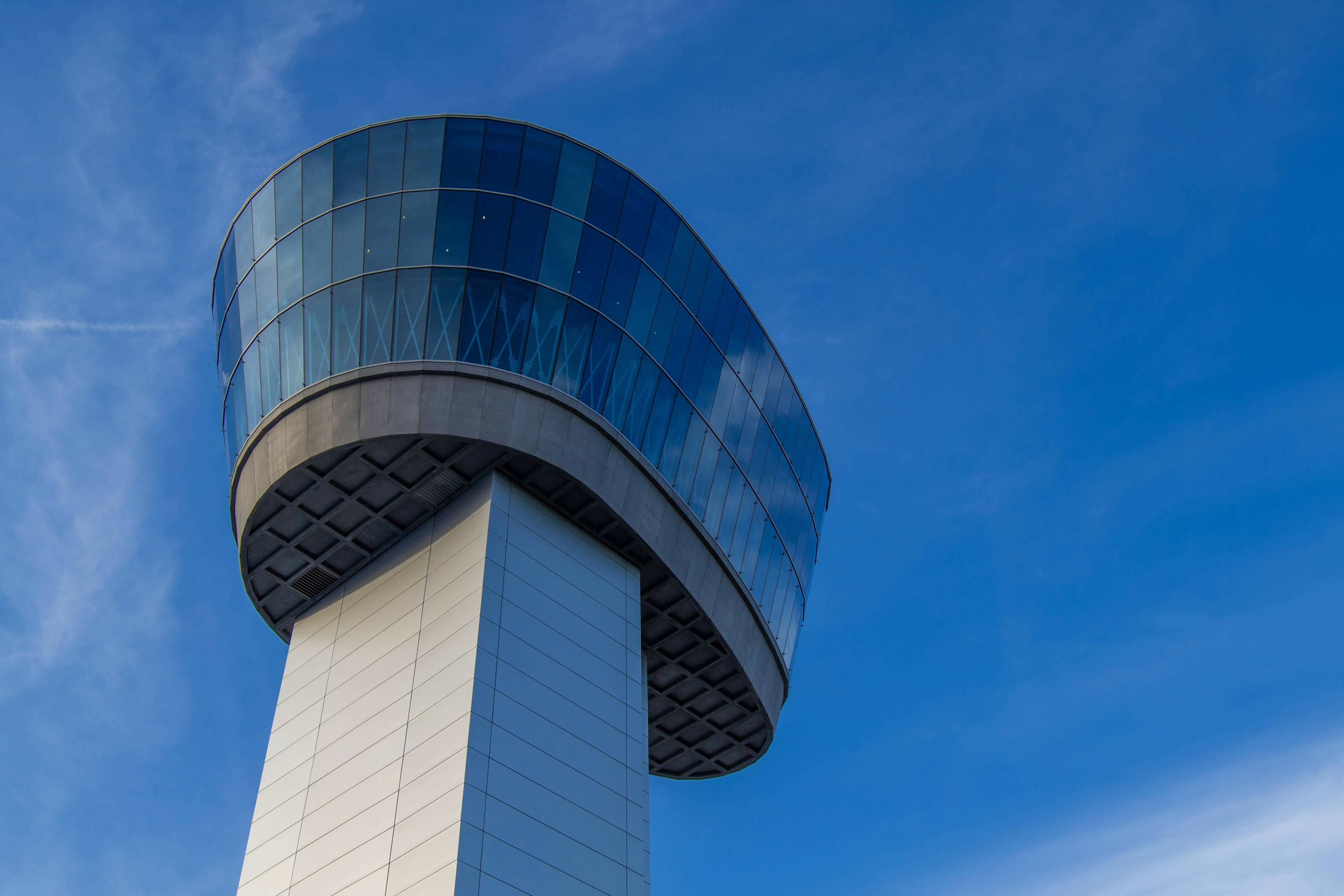A Guide to Air Traffic Control: Past, Present, and Future
As someone who's spent countless hours in the air, the mechanics of flight and what goes on behind the scenes have always fascinated me. From the earliest days of kite flying in ancient China to Leonardo da Vinci's sketches of flying machines, humans have been captivated by the idea of taking to the skies. But the real game-changer came in 1903 when the Wright brothers finally cracked the code for controlled flight. It was from that moment forward that aviation really took off—pun intended.
However, the more we flew, the more we realized the sky wasn't as wide-open as it seemed. With more planes in the air, it became clear that we needed a way to manage these flights safely. That’s where air traffic control (ATC) comes in, a system that has been guiding us through the skies ever since.
The Origins & History of Air Traffic Control
When doing some research, I was surprised to learn that the first air traffic control system was set up all the way back in 1920 at London's Croydon Airport. They used basic radio communication to guide planes during takeoffs and landings. It’s amazing to think that this rudimentary system eventually evolved into the complex, radar-assisted ATC we rely on today. During World War II, radar technology completely revolutionized air traffic control, making it possible to track aircraft far more accurately, which was crucial for both military and civilian aviation.
VIDEO:Ever wondered what goes on behind the scenes of a seemingly simple flight from London to Frankfurt? This fascinating video, "How Air Traffic Control Works," dives deep into the intricate world of air traffic management. I was amazed to learn about the sheer complexity and coordination required among various control centers to ensure that each flight operates smoothly and safely. Watching this video gave me a newfound appreciation for the unsung heroes who manage our skies. Click play to embark on a journey that will change the way you think about air travel!
Fast forward to today, and the system has become incredibly advanced, with different controllers managing flights from the ground, in the air, and through landing. The concept is simple but crucial: keep planes at safe distances from each other, whether they’re in the air or on the ground, and provide real-time information to pilots.
The Functioning of Air Traffic Control: Managing Flights
I have flown on hundreds of flights, and used to listen in-flight to the pilot and ATC guys. As a result, I can’t help but appreciate the role of air traffic controllers. They’re the unseen heroes who make sure flights go off without a hitch. I’ve had my share of both smooth flights and a few nail-biters when the weather or unexpected delays kicked in. I recall one particularly turbulent flight, it was comforting to know that the controllers were working in tandem with the pilots, adjusting flight paths in real-time to avoid storms and keep us cruisin.
ATC is divided into several key phases:
- Ground Control: If you've ever sat on the tarmac waiting for takeoff, you’ve experienced ground control at work. They manage planes while taxiing to and from the gate.
- Takeoff & Departure: Once in the air, departure controllers guide the plane until it reaches cruising altitude. I’ve noticed that the first 10 minutes of any flight often feel like the most intense because of how much is happening behind the scenes.
- En-Route Control: This is when the plane is cruising, often at 35,000 feet. During long-haul flights, I’ve noticed how seamless this phase is—thanks to en-route controllers, who make sure there’s no conflict with other aircraft in the skies.
- Approach Control: As we descend, approach controllers guide the plane through what can be congested airspace, ensuring everything goes smoothly during landing.
- Landing & Taxi: Finally, after landing, ground controllers once again take charge, guiding the plane back to the gate. It’s amazing how efficiently they orchestrate everything, even when you’re at a busy airport like JFK or LAX.
Safety Issues & Regulatory Authorities
Flying has become so routine for me that it’s easy to forget how much work goes into making it safe. Agencies like the FAA in the U.S. and EASA in Europe are constantly working to ensure that air traffic controllers meet stringent safety standards. They set age requirements, mandate medical exams, and ensure the proper functioning of ATC equipment. It’s a comforting thought, especially when you’re dealing with unpredictable situations like bad weather or emergencies mid-flight. Having flown through some pretty bad storms, I can personally vouch for the peace of mind that comes from knowing these systems are in place.
A Typical Flight Journey Managed by ATC: From Push-Back to Parking at the Gate
Every flight is a carefully coordinated dance between pilots and controllers. I remember the first time I actually paid attention to the process: the push-back from the gate, the taxi to the runway, and then those few thrilling seconds before takeoff. Ground controllers manage the plane up until that point, but as soon as we’re airborne, departure and en-route controllers step in. There’s a whole network of people making sure the flight stays safe as it climbs to cruising altitude.
One of the most fascinating aspects of flying is the approach and landing. Having experienced my fair share of smooth landings and a few bumpier ones, I’ve come to appreciate just how vital the role of approach controllers is. They guide the plane through congested airspace, aligning it perfectly for landing. After touchdown, ground controllers once again take over, ensuring the plane reaches the gate safely. It’s a process I’ve come to appreciate more with each flight.
The Future of Air Traffic Control
As air traffic increases, I can only imagine the challenges air traffic control systems will face. That’s why it’s exciting to hear about programs like NextGen in the U.S., which is moving away from radar to satellite-based technologies. This upgrade promises not only smoother flights but also more fuel-efficient and environmentally friendly routes.
Europe is undergoing a similar transformation with the SESAR program, and as someone who frequently flies internationally, I’m eager to see how these new systems will impact future flights. It’s all about making air travel safer, more efficient, and less stressful for everyone involved.
FAQ: Air Traffic Control
Find more help here for your journey through the airport




